
Collaboration: Culture connects on climate in cities
Collaboration is at the heart of C-Change.
In the early days of the network, the five partner cities learnt about MAST’s approach to collaboration, who was involved and how it worked, and in March 2019 they participated in a MAST meeting to see the group in action. Each partner city then set up its own group, similar to MAST.
By April 2021:
5 new cultural groups collaborating on climate, one in each partner city
MAST had grown larger and more impactful
across the six cities, over 100 cultural operators and practitioners were involved, including, 12 festivals, 11 museums, 10 theatres, 8 multi-arts centres, 3 libraries and 2 orchestras
Collaboration has evolved and is evolving in different ways:
In Águeda and Mantova, environmental NGOs have also joined the groups.
In two cities the groups developed their own identities – ARC3A (Azioni per la Resistenza Climatica Collettiva di Cultura e Arte) in Mantova and DIE KLIMARTIST*EN in Gelsenkirchen.
During summer 2020, when COVID prevented DIE KLIMARTIST*EN in-person meetings. Stefanie Rogg, Gelsenkirchen’s C-Change Project Manager, started a climate café under the tagline #smalltalk to keep dialogue going in a safe way. She was on the café terrace, every Thursday, connecting with those who could come and even making new connections with groups such as the Ruhr Museums Association.
DIE KLIMARTIST*EN and ARC3A groups want their city to continue playing an active role. In Águeda, the C-Change local group is now very much for and of the sector, whereby maintaining close links with the city’s environmental and culture teams. In Wrocław, Culture Zone Wrocław is taking the C-Change baton and creating a new network of Green Cultural Managers, independent of the city administration. Whatever way it has evolved, the key thing is that the collaboration which C-Change has started will continue even when Urbact funding ends, whether sector or city-led.

“While Covid has brought a whole new set of challenges and the arts and culture has been particularly hard hit, ARC3A has the potential to become a unifying force for Mantova’s culture sector as it looks towards the future and understands that we need a new normal, a recovery based on protecting what we love and need to survive and thrive.”
Emanuele Salmin, Fundraising and EU Projects Office, Municipality of Mantova
“For Wrocław, collaboration is where C-Change has made the greatest difference – creating an opportunity for our cultural organisations to come together and speak with one voice to the city about their needs, ideas and expectations in the field of climate action and sustainability. That, in turn, helped the city to determine what kind of support was needed, and inspired decision-makers to think about support for the cultural sector in a more strategic, long-term way.”
Maciej Skroban, Foreign Relations Office, City of Wrocław
Watch: C-Change focusing on Collaboration
Watch: what difference C-Change has made in Mantova
What we’ve learnt
Build a coalition of the willing.
Don’t worry about getting ‘all’ the people in the room, focus on getting the right people in the room, irrespective of their roles, the type of organisation (e.g. city-run vs. independent) and activity (e.g. museum, theatre, library, festival, individual artist).
Make sure whoever leads the group is someone in a position of trust with the sector.
When establishing a group for cultural collaboration on climate:
try a series of one-to-one meetings beforehand to gain understanding and support
do a survey to find out what organisations’ starting point is e.g. what issues are important, what challenges they face, what support would be helpful
make the case for collaboration and action – provide examples of action, benefits and value
Hold your nerve and be patient.
People’s time - whether they are from city or sector - to lead group collaboration should be recognised and resourced. People’s time to take part and collaborate should be recognised in some way, and if needed authorised by senior managers or directors.
Create opportunities for ‘seeing and believing’ – seeing environmental solutions in practice.
Having a clear purpose to collaboration increases ownership and engagement.
Whether collaboration is top-down from the city or bottom-up from the sector, meet-in-middle. That city-sector relationship is crucial.
In cities which do not already have strong sector collaboration – formal or informal - collaboration on climate action can strengthen broader sector collaboration.
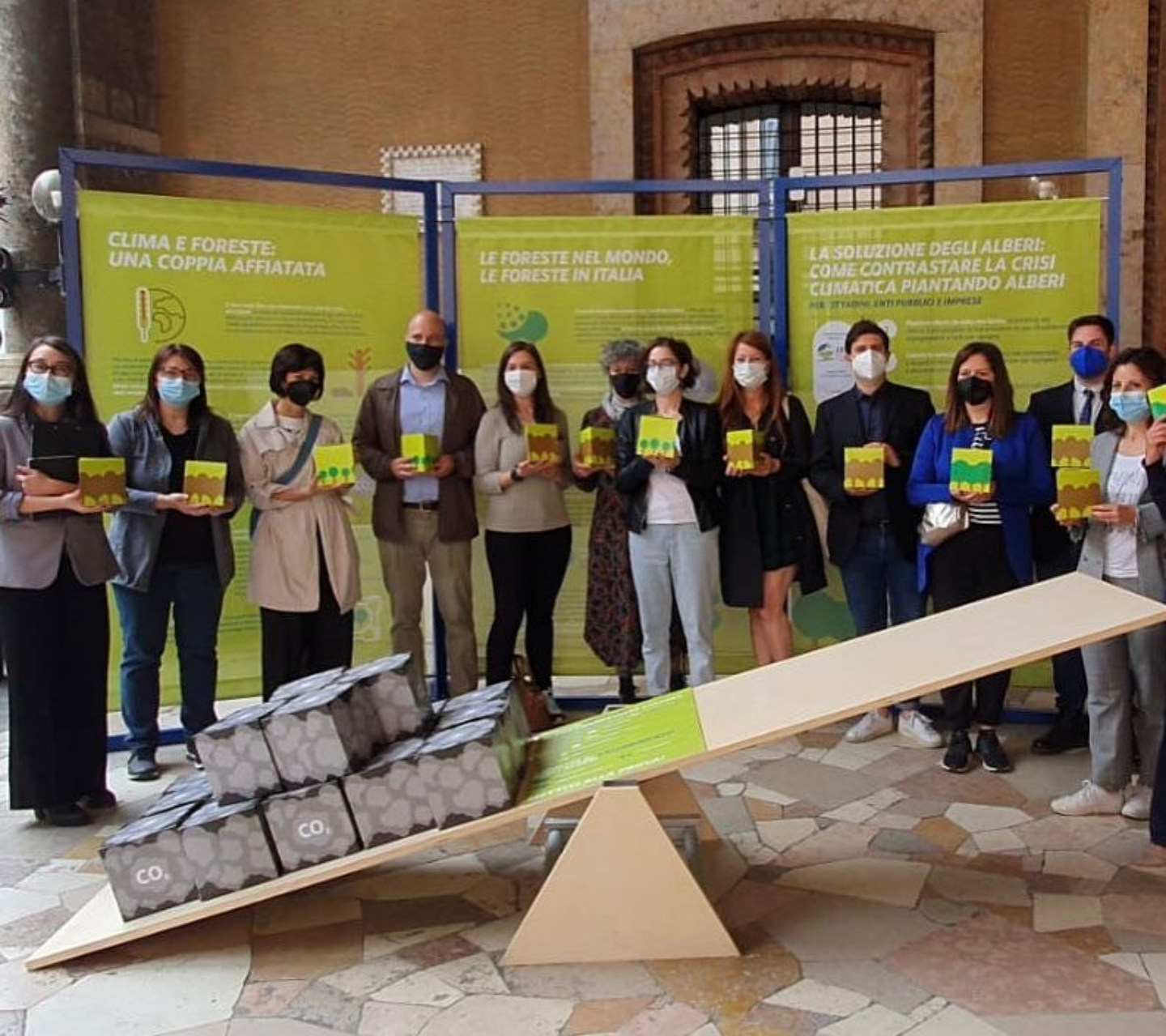
Mantova’s ARC3A group and municipality representatives at an event marking the formal establishment of ARC3A, May 2021
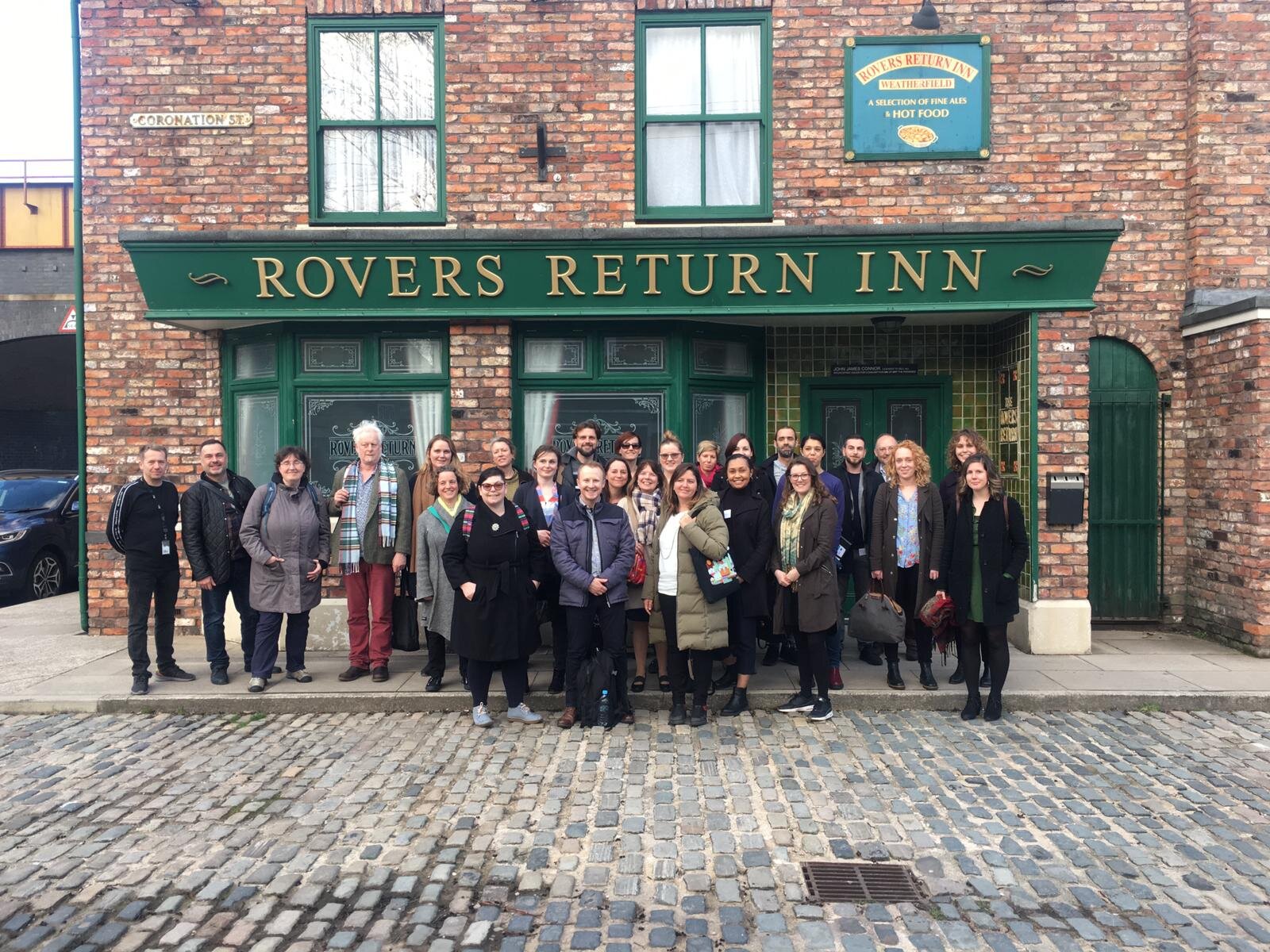
MAST members and C-Change representatives during a ‘green tour’ of ITV Studios, March 2019
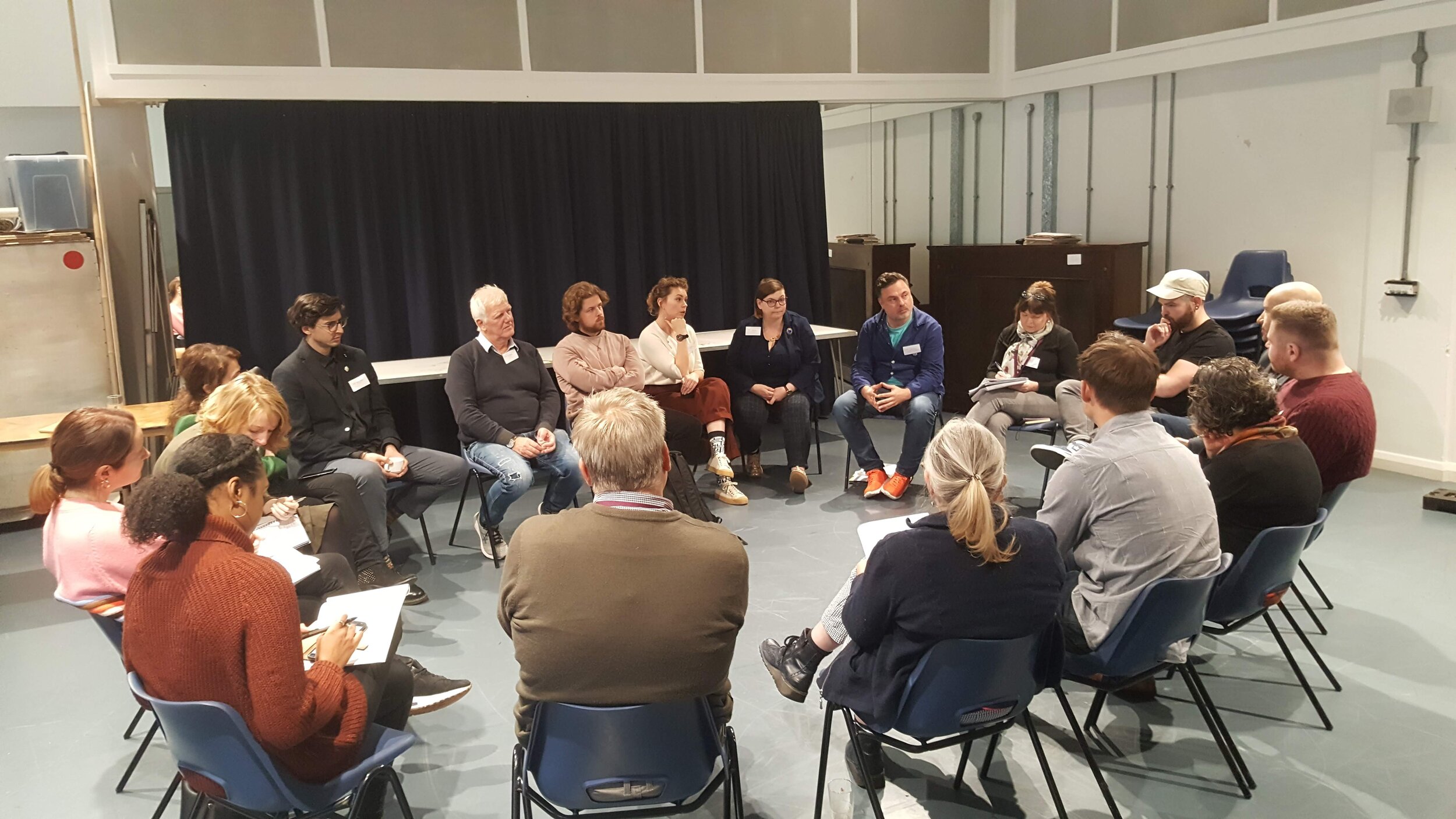
MAST, Manchester City Council and Urbact discussion group, October 2019

Wrocław’s C-Change local group meeting

Águeda’s local C-Change group, July 2019

Gelsenkirchen’s C-Change local group members and Climate Action Manager (Photo @ Serkan Akin)
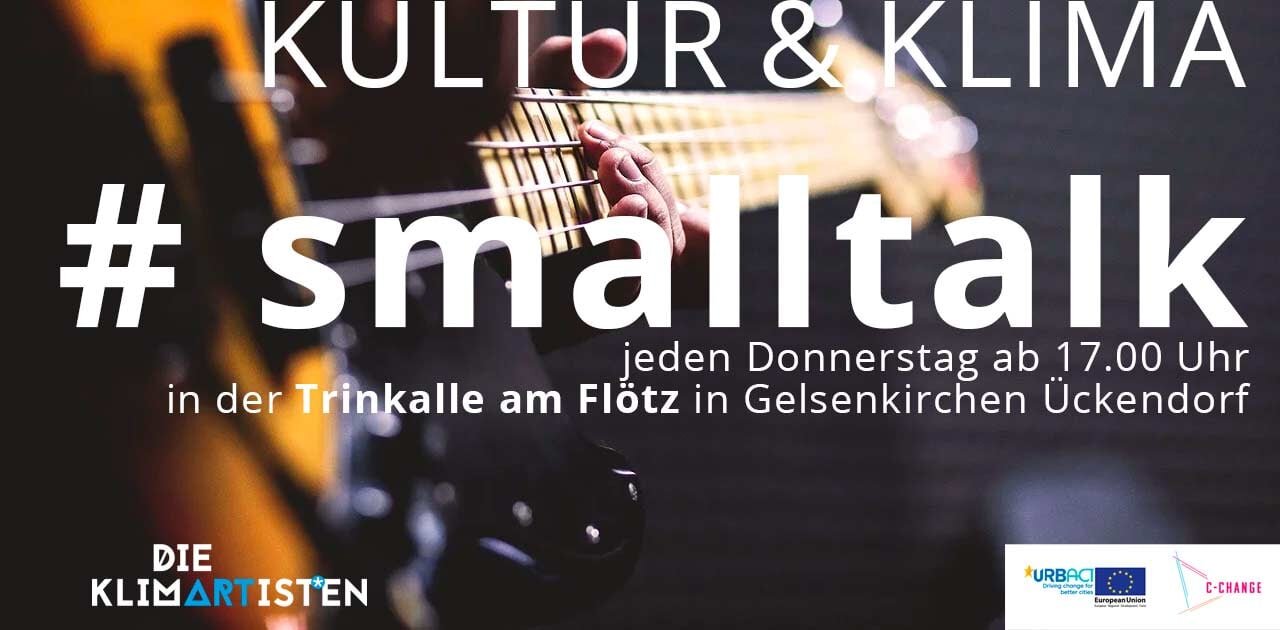
Gelsenkirchen Culture and Climate Café
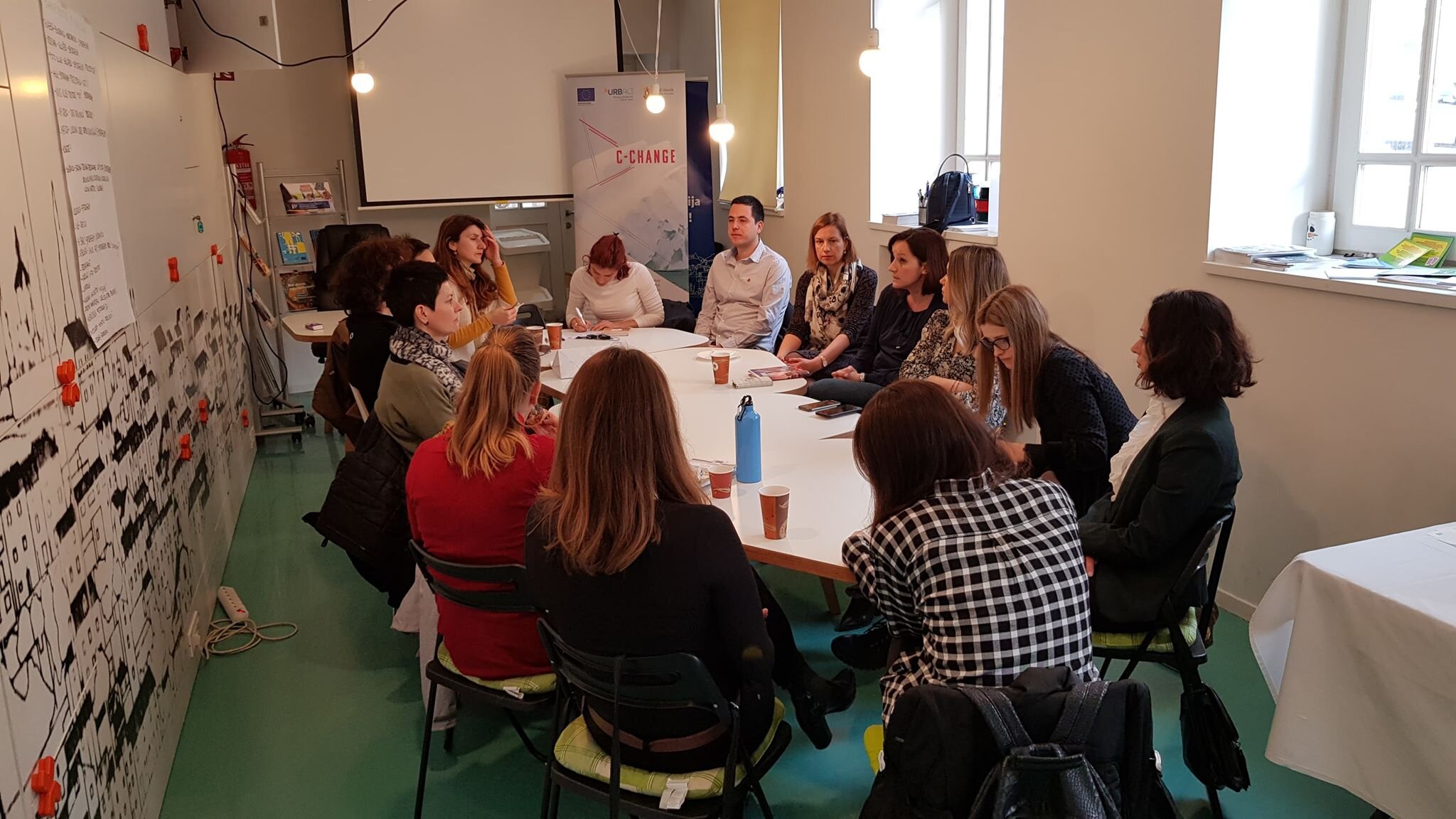
Šibenik local C-Change group meeting
Explore the C-Change Cities










